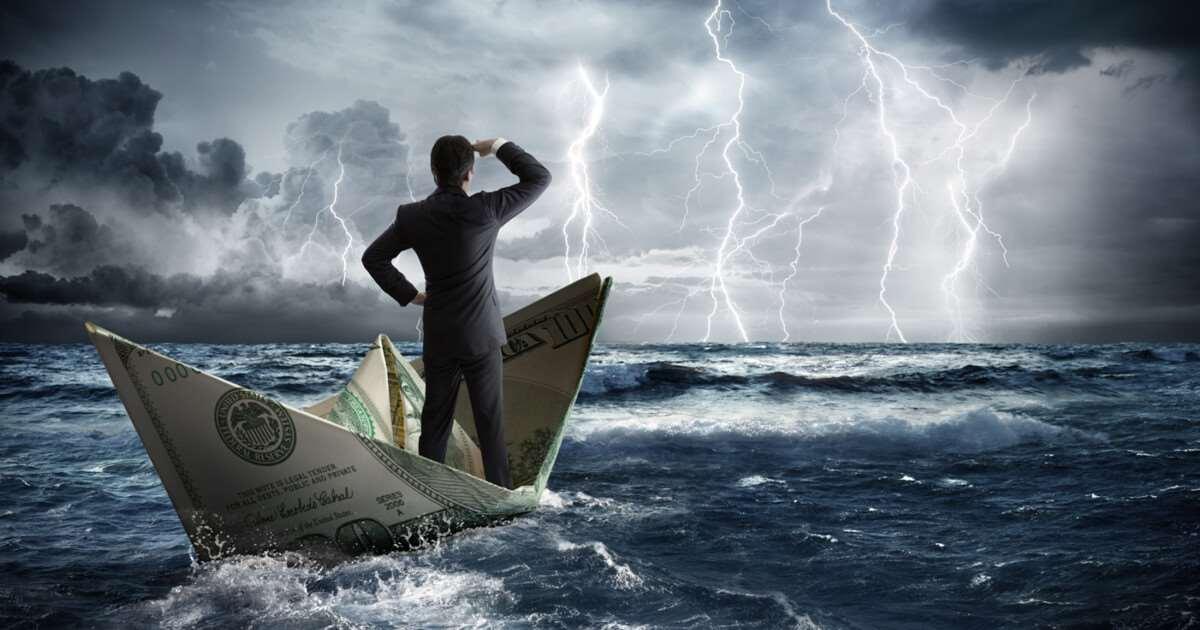By Bill Kelly, CAIA CEO
The most intractable challenges in society, and life, sometimes subsist in a state of duality. The size and scale of the downside are enormous and almost paralyzing if allowed into our daily psyche. Sometimes however, especially in life, we have finely tuned coping mechanisms that we allow in to keep these thoughts in check. This mental recalibration can be a good thing, especially when put into the perspective of likely outcomes in the near term. Obsession over death when otherwise healthy, the simple dark of night, or even the omnipresent threat of a nuclear winter should indeed be crowded out; the healthy usually live for another day, the sun always rises from the east, and even a certain rocket-man sometimes waddles toward potential talks of peace. Societal woes, for the most part, are an entirely separate matter, and here not even the most optimistic coping strategy can forestall the very real and menacing shadows, especially as they grow darker and creep even closer to our generation.
The retirement crisis is one such looming disaster that even the most reinforced steel-tipped boot will have a hard time kicking down the road much longer. Here and elsewhere the echoes of diversification, risk tolerance, and having a long-term plan have provided a frequent chorus and remain simple and valid advice. These admonitions, however, equally apply to the too-often-ignored liability side of the balance sheet. Whether for a public pension plan with retirement obligations for teachers, or the average investor saving for their golden years, promises made or expectations desired must be reconciled. No matter how early you start, how diversified you might be, or even how much risk you are willing to take, certain outcomes are beyond any reasonable probability. For many of us as individuals, the reality of this eventually sets in and you either work longer than planned, give up on the manse by the beach, or simply believe that some form of sovereign intervention will save the day.
An interesting graphic created by Raconteur (a curator and provider of analysis on current affairs) was bouncing around social media last week and is worth a peek. The collision course of public promises made, human longevity, and aging demographics seems to be a recipe for a $400 trillion disaster by the year 2050. If the enormity of that number doesn’t get your attention, perhaps the perspective that this represents about five times the size of the current global economy will. This potential train wreck only represents eight countries in the world, and it almost seems unfair to have Australia, Canada and the Netherlands on this list as their houses seem to be in much better shape than the other five.
Our industry needs to lean into this problem. Hippocrates imposes an ethical responsibility on the new doctor to avoid the “twin traps of over-treatment and therapeutic nihilism.” By contrast, professionals in our industry often take on mandates in the unspoken truth that no amount of net-of-fee "treatment" will come even close to providing meaningful "therapy" for the mountain of the aggregate unfunded liabilities on their clients' balance sheets. As professionals, regulators, fiduciaries, and taxpayers, this status quo should not only shake us out of bed at night but spur us to some form of sustainable discussion and action in the stark light of every single day. This problem is both too big and too frail to ignore.
Seek diversification, education and know your risk tolerance. Investing is for the long-term.
Bill Kelly has been the CEO of the CAIA Association since 2014.




